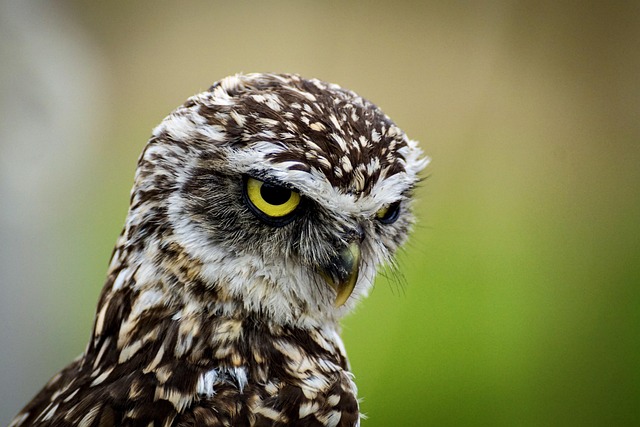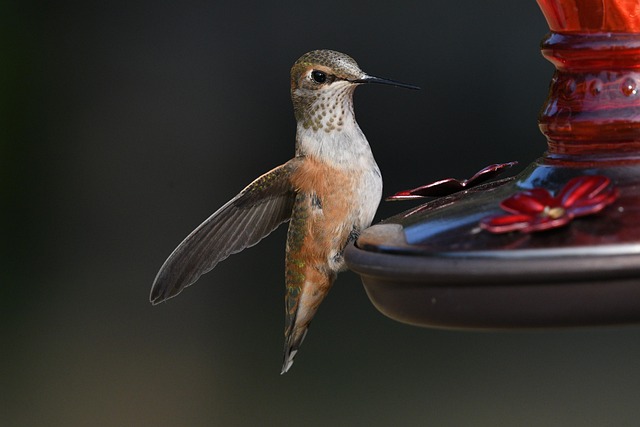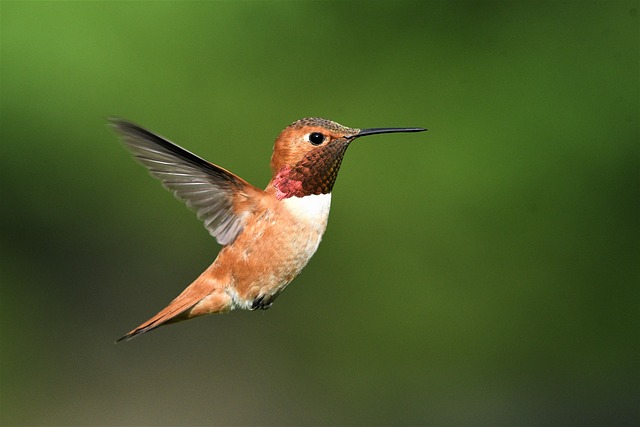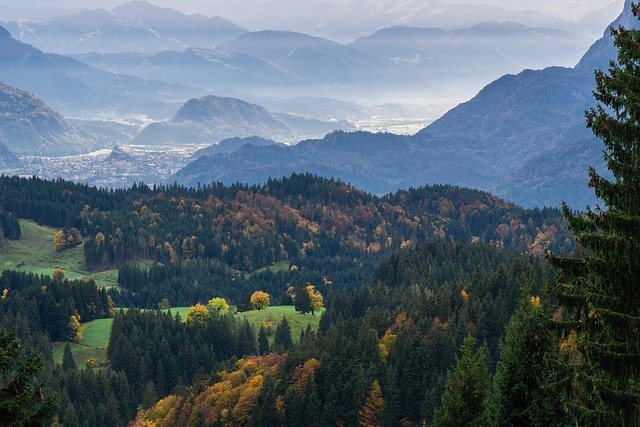Lane County, Oregon, is a premier destination for bird watching due to its diverse ecosystems supporting over 400 species. Known for its rich migratory patterns, particularly the Pacific Flyway, the county offers year-round opportunities to spot rare birds like the Oregon Silky hummingbird, Western Meadowlark, and Northern Saw-whet Owl. Protected areas and dedicated trails cater to both professional ornithologists and casual observers seeking unique bird watching experiences in a vibrant natural setting.
Discover the vibrant avian landscape of Lane County, Oregon, where a diverse array of bird species call this picturesque region home. From bustling forests teeming with common feathered friends to tranquil wetlands that harbor rare migrants, Lane County offers unparalleled opportunities for bird watching. Explore our guide to uncover the rich ecological tapestry, top hotspots, and seasonal variations that make this corner of Oregon a true paradise for ornithologists and nature enthusiasts alike. Immerse yourself in the wonders of bird watching in Oregon and witness the beauty these winged creatures bring to the landscape.
- The Rich Avian Diversity of Lane County Oregon
- – Exploring the unique bird ecosystem
- – Highlighting common and rare species found in the region
The Rich Avian Diversity of Lane County Oregon

Lane County, Oregon, is a haven for bird enthusiasts and nature lovers alike, boasting an incredibly rich avian diversity that makes it a top destination for bird watching. The county’s varied landscapes—from dense forests to open meadows and wetlands—provide habitats for a wide range of species, ensuring year-round viewing opportunities. This area serves as a crucial stopover point for migratory birds, further enhancing its appeal to ornithologists and casual observers alike.
The region is home to over 400 bird species, including rare and endangered varieties. Bird watchers can spot everything from colorful songbirds like the Northern Cardinal and Ruby-crowned Kinglet to majestic raptors such as the Red-tailed Hawk and Bald Eagle. The Oregon Coast’s influence also brings in coastal feathered friends, like the elegant Black Oystercatcher and the elusive Pelagic Cormorant. With numerous parks, wildlife reserves, and dedicated bird watching trails, Lane County offers ample opportunities for visitors to immerse themselves in this vibrant avian ecosystem.
– Exploring the unique bird ecosystem

Lane County, Oregon, boasts a diverse and captivating bird ecosystem that attracts both local enthusiasts and visiting ornithologists alike. The region’s unique geography, ranging from lush forests to expansive wetlands, provides a mosaic of habitats for an array of avian species. This variety makes it an ideal destination for bird watching Oregon residents and tourists alike.
With over 400 species recorded in the county, Lane County offers year-round opportunities to observe remarkable birds. From the majestic bald eagles soaring above the rivers to the delicate hummingbirds flitting among the blooming wildflowers, nature lovers can immerse themselves in a vibrant birdwatching experience. The area’s commitment to conservation and numerous protected areas further ensures the preservation of these habitats, fostering a healthy environment for Oregon’s feathered friends.
– Highlighting common and rare species found in the region

Lane County, Oregon is a paradise for bird watchers, offering a diverse range of avian life that includes both common and rare species. Among the most frequently spotted birds are the vibrant Western Meadowlark, known for its melodious song, and the elusive Northern Saw-whet Owl, which can be observed during the night in quiet woods. The region is also home to the rare Oregon Silky, a tiny hummingbird with a distinctive appearance and behavior.
For bird enthusiasts, the county presents unique opportunities to observe migratory birds like the elegant Dunlin and the powerful Pacific Flyway, making it a hotspot for bird watching activities. The diverse habitats, from dense forests to open meadows, provide ideal nesting grounds and feeding areas, ensuring a rich and ever-changing avian landscape that attracts both local birders and visitors alike.






